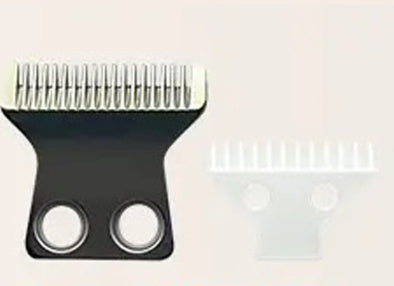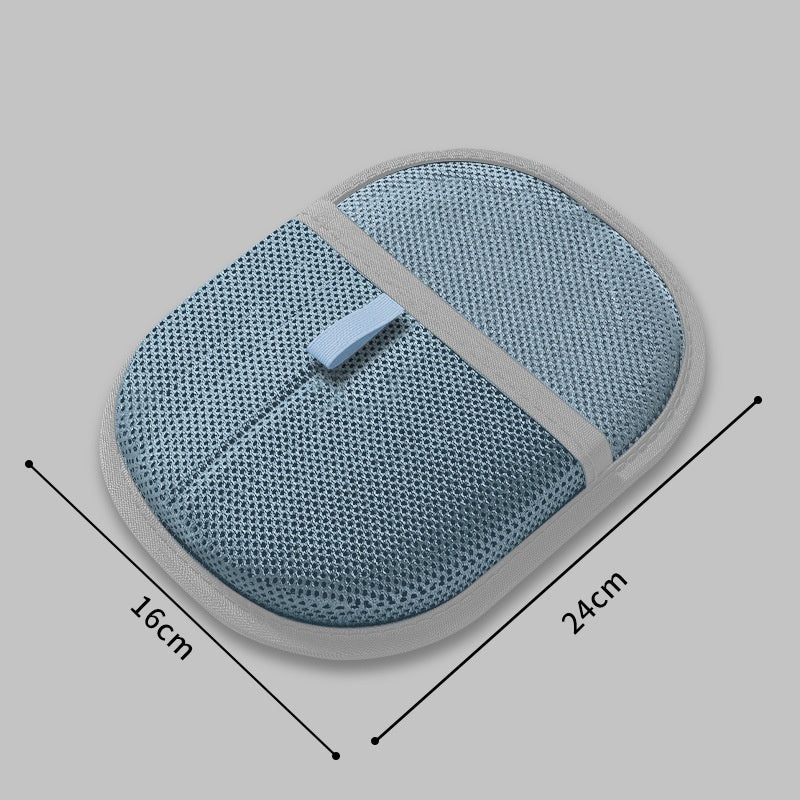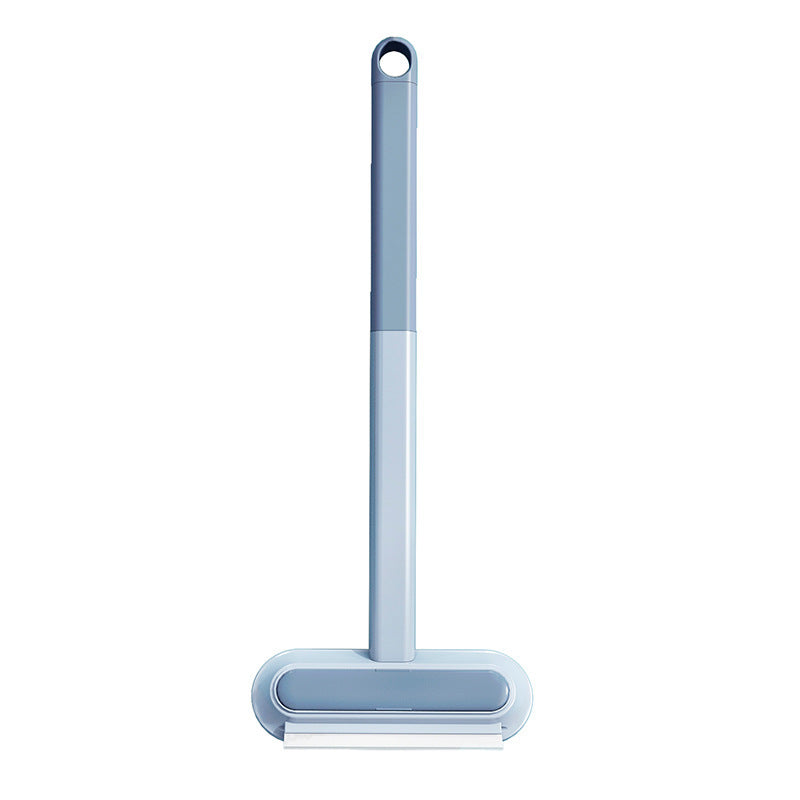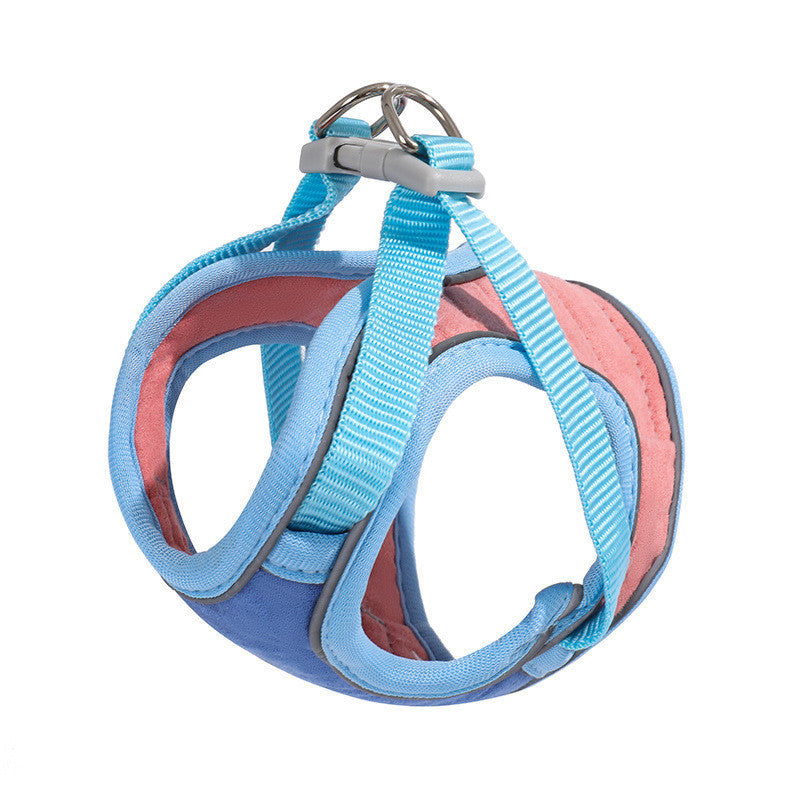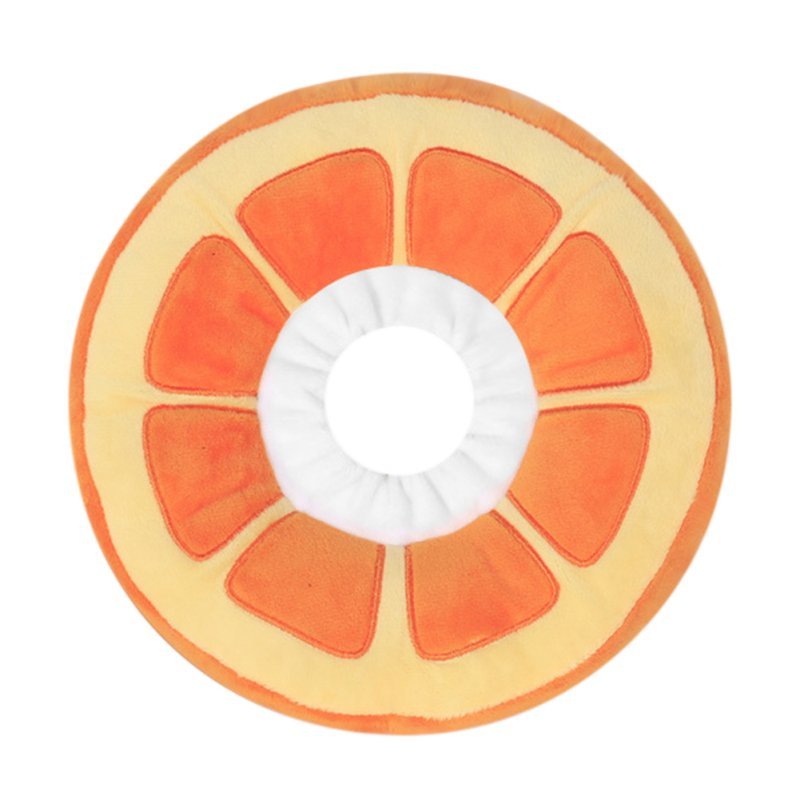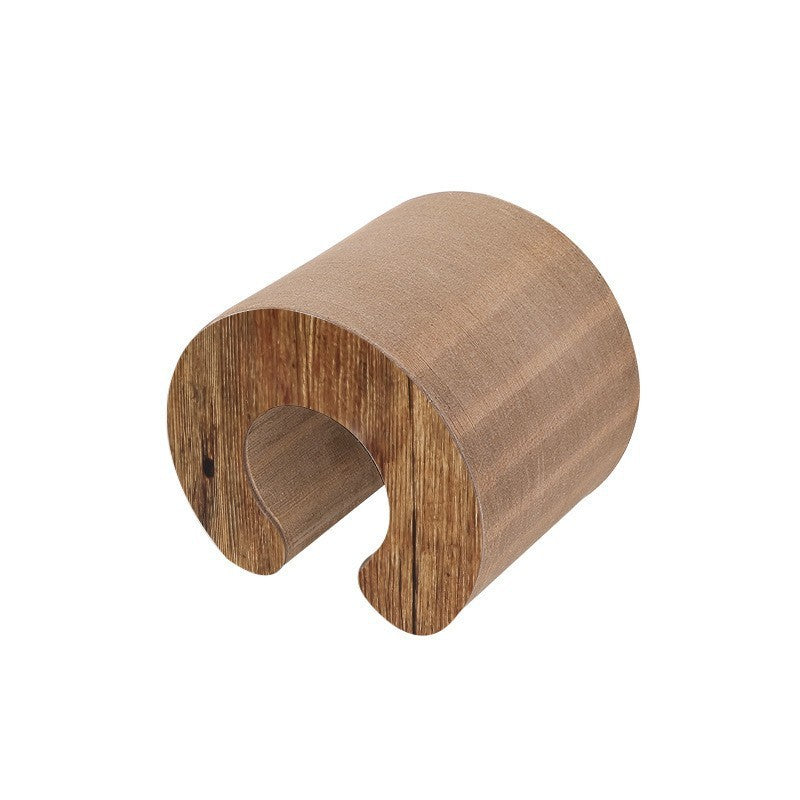The Complete Monthly Cat Wellness Checklist: Your Aussie Cat's Guide to Peak Health
Cats are absolute masters at hiding discomfort. It's an evolutionary survival trait that served them well in the wild but can work against them as our beloved companions. This natural stoicism means subtle signs of illness can go completely unnoticed until a condition has progressed significantly, sometimes to the point where treatment becomes more complex and costly.That's precisely why regular wellness checks are essential, not just for catching problems early, but for building a proactive care routine that keeps your feline friend thriving throughout their life. Think of it as preventative maintenance for your car. You wouldn't skip regular services, so why would you skip them for your furry family member?
By incorporating simple monthly health and hygiene tasks into your routine, you can prevent common issues before they become serious problems, reduce veterinary bills, and ensure your cat lives a long, happy, and comfortable life. The investment of just 10-15 minutes each month can save you hundreds of dollars in emergency vet visits and spare your cat unnecessary discomfort.
Let's walk through a comprehensive, step-by-step monthly wellness checklist that every Australian cat owner should follow, tailored specifically for our unique climate and healthcare landscape.
Why Monthly Wellness Checklists Are Game-Changers
According to RSPCA Australia, early detection of health issues significantly improves treatment outcomes and can mean the difference between a simple intervention and complex medical treatment. The organisation's research shows that cats receiving regular preventative care live an average of 2-3 years longer than those who only see vets when problems arise.Routine monitoring helps you spot subtle changes in weight, coat condition, appetite, behaviour, or bathroom habits, all of which can signal underlying problems long before they become obvious to the casual observer. What might seem like minor changes to us can actually represent significant health shifts in our feline friends.
Moreover, regular care strengthens the bond between you and your cat, making veterinary visits less stressful for both of you and daily routines more enjoyable. Cats who are accustomed to gentle handling and examination are typically more cooperative during professional health checks, leading to more accurate diagnoses and less stress all around.
The Ultimate Monthly Cat Wellness Checklist
Use this comprehensive checklist every 30 days to keep your cat in peak condition. Consider scheduling it for the same date each month. Many pet owners find success linking it to pay day or the first weekend of each month.1. Comprehensive General Health Assessment
- Weight Monitoring: Sudden weight loss or gain can indicate serious illnesses ranging from dental disease to diabetes or hyperthyroidism. Use digital kitchen scales with a pet carrier for accuracy, or invest in dedicated pet scales. Record the weight in a journal or smartphone app to track trends over time.
- Appetite and Water Intake Assessment: Changes in eating or drinking habits may point to dental issues, diabetes, kidney disease, or gastrointestinal problems. Note any changes in food preferences, eating speed, or water bowl refill frequency. Australian cats are particularly prone to kidney disease due to our harsh climate and tendency toward dehydration.
- Energy Level Evaluation: Observe your cat's typical daily routines. Lethargy, excessive sleeping, or conversely, restlessness and pacing could signal health concerns. Take note of changes in play behaviour, interaction with family members, or interest in favourite activities.
- Breathing Pattern Check: Watch your cat at rest—normal breathing should be quiet and effortless. Rapid, laboured, or open-mouth breathing can indicate heart disease, respiratory infections, or other serious conditions requiring immediate veterinary attention.
2. Thorough Coat and Skin Inspection
Run your hands systematically over your cat's entire body, checking for:- Lumps, bumps, or unusual sores: Pay particular attention to common areas like the neck, armpits, and groin where lymph nodes are located
- Bald patches, flakiness, or excessive dandruff: These can indicate allergies, stress, or skin conditions
- Signs of external parasites: Look for flea dirt (small black specks), actual fleas, ticks (especially common in Australian bush areas), or mites causing excessive scratching and redness
- Overall coat condition: A healthy coat should be shiny and free of mats, especially crucial for long-haired breeds prone to matting in Australia's humid climate
During tick season (primarily spring and summer in most Australian regions), pay extra attention to areas where ticks commonly attach: around the ears, neck, armpits, and between toes.
3. Essential Eye and Ear Care
- Eyes: Look for any discharge (clear is generally normal, but yellow or green warrants concern), cloudiness, redness, squinting, or changes in pupil size. Both eyes should appear symmetrical and bright. Indoor cats in air-conditioned Australian homes may experience dry eyes, whilst outdoor cats face increased risk of conjunctivitis from dust and allergens.
- Ears: Check for dark, coffee-ground-like wax (may indicate ear mites), strong odours, redness, or frequent head shaking. Clean gently with a veterinarian-approved wipe if needed—never use cotton buds deep in the ear canal. Cats in humid Australian climates may be more prone to ear infections.
4. Crucial Dental Health Assessment
Dental disease affects over 80% of cats by age three, making this one of the most important aspects of your monthly check. Gently lift your cat's lips to inspect teeth and gums:- Healthy gums are pale pink: Red, swollen, or bleeding gums suggest gingivitis or more advanced periodontal disease
- Breath quality: While cat breath isn't minty fresh, genuinely bad breath, excessive drooling, or reluctance to eat hard food may indicate dental disease
- Tooth condition: Look for tartar buildup (yellow-brown deposits), broken teeth, or obvious cavities
Brush teeth 2-3 times per week using cat-safe toothpaste (never human toothpaste, which contains xylitol that's toxic to cats). Many Australian veterinary clinics report dental disease as one of the most common preventable health issues they see.
5. Professional Nail Trimming Technique
Trim claws every 3-4 weeks to prevent overgrowth, snagging, and potential ingrown nails. Use proper cat nail clippers (available at Australian pet stores like Petbarn or Pet Circle) and avoid cutting the quick: the pink area visible inside the nail that contains blood vessels and nerves.Start by getting your cat comfortable with having their paws handled, then progress to trimming just one or two nails per session until they're accustomed to the process.
6. Comprehensive Litter Box Health Review
Your cat's bathroom habits provide crucial health insights:- Track frequency: Normal cats typically urinate 2-4 times daily and defecate once daily
- Monitor for signs of distress: Straining, crying while toileting, blood in urine or faeces, or unusual odours could indicate urinary tract infections, constipation, or other serious conditions
- Litter box cleanliness: Maintain high standards. Many cats will avoid dirty boxes, potentially leading to inappropriate elimination or retained waste
Australian cats, particularly those in warmer climates, may drink more and urinate more frequently during summer months, which is normal but worth monitoring.
7. Vaccinations and Preventative Care Schedule
- Core Vaccinations: Ensure your cat remains current on F3 (feline panleukopenia, rhinotracheitis, calicivirus) or F4 vaccines (adds chlamydia protection). Most Australian veterinarians recommend annual boosters, though some may suggest triennial protocols for low-risk cats.
- Parasite Prevention: Administer flea, tick, and worming treatments as recommended by your veterinarian, typically monthly spot-on treatments or quarterly tablets. Australian cats face unique parasite challenges, including paralysis ticks along the eastern seaboard and various intestinal worms common in our climate.
- Heartworm Prevention: Often overlooked in cats, heartworm disease is present throughout Australia and can be fatal. Monthly preventatives are available and recommended.
8. Environmental Enrichment and Mental Health
Mental stimulation is as crucial as physical health:- Rotate toys regularly to prevent boredom and maintain interest
- Clean and inspect scratching posts for wear and stability
- Update climbing areas and ensure they remain safe and engaging
- Provide adequate hiding spots: Essential for stress management, particularly important for indoor cats
- Maintain quiet zones: Cats need peaceful retreat areas, especially in busy Australian households
Consider the seasonal needs of Australian cats: additional shade and cooling options in summer, warm sunny spots in winter.
Australian-Specific Health Considerations
Seasonal Health Management- Summer (December–February): Australia's intense heat poses significant risks. Watch for signs of heat stress including excessive panting, drooling, lethargy, or seeking cool surfaces. Ensure multiple fresh water sources and adequate shade. Consider cooling mats for older cats or those with thick coats.
- Winter (June–August): Older cats and those with arthritis may benefit from heated beds, particularly in cooler regions like Victoria, Tasmania, or the Australian Alps. Indoor heating can cause dry skin, so monitor coat condition closely.
- Spring/Summer Tick Season: Paralysis ticks are potentially fatal and found along Australia's eastern coastline. Daily tick checks are essential for outdoor cats in affected areas.
Bushfire and Natural Disaster Preparedness
Climate change has made bushfire preparation essential for many Australian cat owners:
- Emergency kit preparation: Include 3-7 days of food and water, current medications, medical records, sturdy carrier, and recent photos
- Evacuation planning: Know your local council's pet-friendly evacuation centres
- Microchip registration: Ensure details are current with your local council and national database
Australian Veterinary Resources
Many Australian veterinary practices offer Wellness Plans that bundle annual health checks, vaccinations, dental assessments, and parasite control into affordable monthly payments. National chains like Greencross Vets, VetIQ, and independent practices such as Brisbane Cat Hospital provide tailored packages for ongoing preventative care.The Australian Veterinary Association recommends annual health checks for cats under seven years and biannual checks for senior cats, with many practices offering senior wellness blood panels to detect early kidney, liver, or thyroid disease.
Tools and Resources to Keep You Organised
Technology Solutions- Pet health apps: Try PetDesk, MyPet, or 11pets to set medication reminders, track observations, and schedule appointments
- Digital health records: Many Australian vets now offer online portals where you can access your cat's complete medical history
- Smartphone reminders: Set monthly alerts for wellness checks and quarterly reminders for preventative treatments
Physical Organisation Tools
- Printable checklists: Download monthly trackers from reputable sources like Cat Protection Society of NSW, RSPCA, or create customised versions
- Health journals: Maintain written records of weight, behaviour changes, and any concerns to share with your veterinarian
- Calendar integration: Use wall calendars or digital planners to schedule regular wellness tasks alongside other important dates
Making Wellness Checks Stress-Free
For Anxious Cats- Break sessions into smaller chunks: Check different body areas on different days if your cat becomes stressed
- Use positive reinforcement: Offer favourite treats, gentle praise, or play sessions after each successful examination
- Create calm environments: Choose quiet times and familiar locations for health checks
- Gradual desensitisation: Start with brief, gentle touching and gradually increase duration and thoroughness
Building Cooperation
- Establish routine: Cats thrive on predictability, so consistent timing and approach help reduce anxiety
- Respect boundaries: If your cat becomes distressed, pause and resume later rather than forcing the issue
- Professional guidance: Ask your veterinarian to demonstrate proper examination techniques during regular visits
When to Seek Professional Help
While monthly wellness checks are invaluable, certain signs warrant immediate veterinary attention:- Breathing difficulties or open-mouth breathing
- Inability to urinate or defecate
- Severe lethargy or collapse
- Repeated vomiting or diarrhoea
- Signs of severe pain (hiding, vocalising, aggression)
- Any sudden, dramatic behavioural changes
Don't hesitate to contact your veterinarian if you notice concerning changes, even if they seem minor. Early intervention is almost always more effective and less costly than waiting for problems to worsen.
The Long-Term Benefits of Consistent Care
Your cat relies entirely on you to be their health advocate and voice when something isn't right. With just 10-15 minutes invested each month, you can:- Catch health issues in their earliest, most treatable stages
- Prevent minor problems from becoming major medical emergencies
- Build a strong, trusting relationship with your cat that reduces stress for both of you
- Save significant money on emergency veterinary bills through preventative care
- Give your feline companion the best possible chance at a long, comfortable, and vibrant life
The Australian climate and lifestyle present unique challenges for our cats, from extreme temperatures to specific parasites and seasonal considerations. By tailoring your wellness routine to address these regional factors while maintaining consistent, thorough monthly checks, you're providing your cat with gold-standard preventative care.
Download a printable version of this checklist, stick it on your refrigerator, and make cat wellness a non-negotiable monthly habit. Remember, prevention is always better (and more affordable) than treatment, and your diligent care today could add years of quality life to your beloved companion's future.
Your cat may not be able to thank you in words, but their bright eyes, glossy coat, and purring presence will speak volumes about the difference your dedicated care makes in their daily comfort and long-term health.
Frequently Asked Questions
Q: How often should I take my cat to the veterinarian?A: Healthy adult cats should have professional check-ups at least once yearly, while senior cats (7+ years) benefit from biannual visits. However, don't let this replace your monthly home wellness checks. They serve different but complementary purposes in maintaining your cat's health.
Q: What should I do if I find a lump during my monthly examination?
A: Don't panic, as many lumps are benign lipomas or cysts. However, always have any new lumps assessed by your veterinarian as soon as possible, ideally within a week of discovery. Early detection is key for any serious conditions, and peace of mind is invaluable for minor ones.
Q: My cat absolutely hates being handled for health checks. How can I make this work?
A: Break examinations into very small sessions, checking just one body area per day if necessary. Use high-value treats, stay calm and patient, and never force the interaction. Over time, most cats become more tolerant. Some cats respond well to being wrapped gently in a towel, while others prefer to remain unwrapped. Consult your vet for additional desensitisation techniques.
Q: Are blood tests really necessary for healthy cats?
A: Absolutely. Annual blood and urine tests can detect early signs of kidney disease, diabetes, hyperthyroidism, and liver problems; all common in Australian cats, particularly as they age. These conditions often show no external symptoms until they're quite advanced, making blood work invaluable for early intervention.
Q: Can I perform dental cleanings at home instead of professional veterinary cleanings?
A: Home dental care (brushing, dental treats) helps prevent plaque formation and is essential for ongoing oral health, but it cannot remove existing tartar or address gum disease below the gumline. Professional dental cleanings under anaesthesia are necessary for comprehensive oral health. Never attempt to scale teeth yourself, as this can damage enamel and gums.
Q: How do I know if my monthly wellness routine is working?
A: You'll notice your cat becomes more comfortable with handling, you'll catch minor issues before they become serious (saving money and distress), and your veterinarian will likely comment on your cat's excellent condition during professional check-ups. Keep records to track improvements and share successes with your vet.









